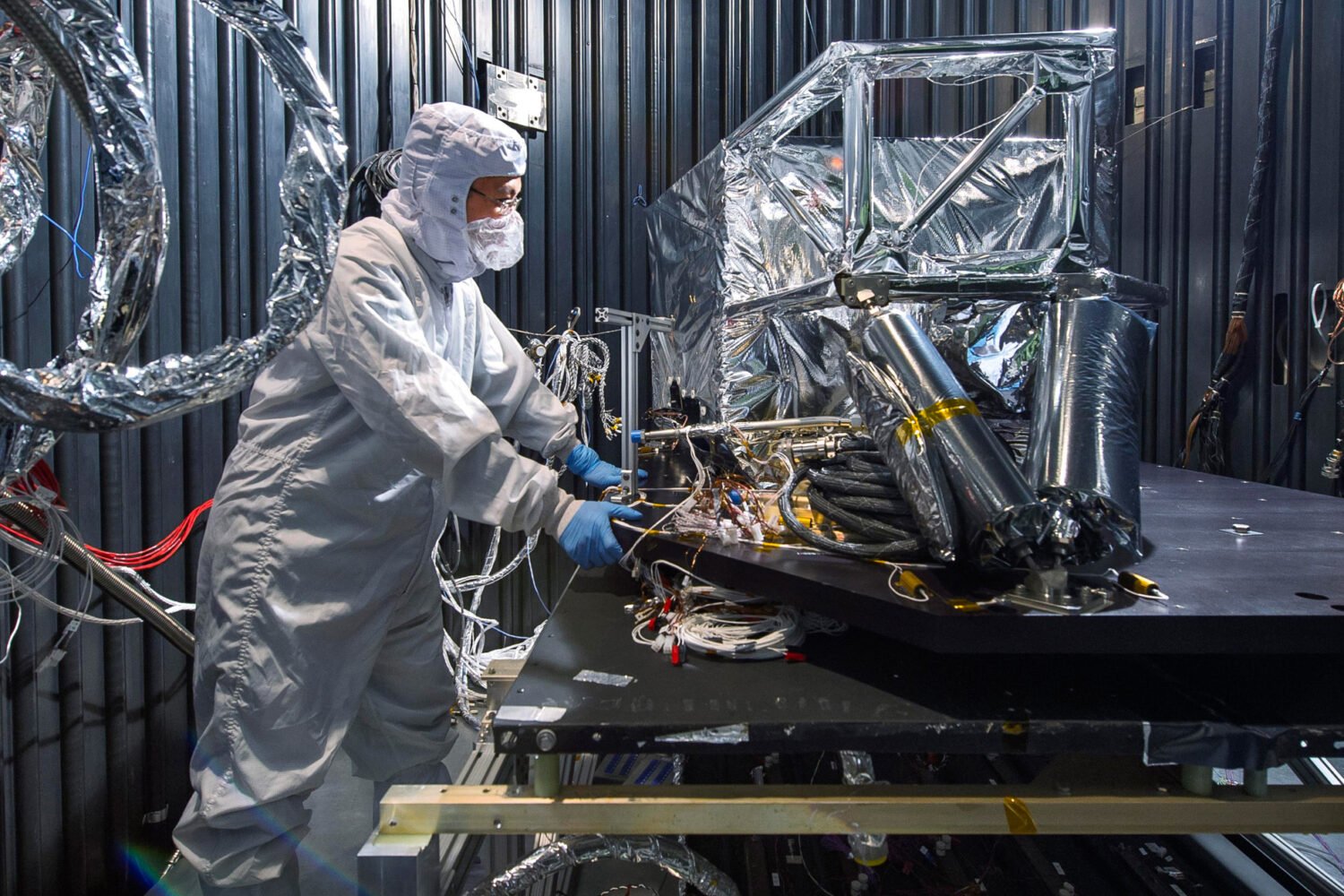The fate of humanity could lie in a cosmic collision set to happen tonight—well, sort of.
Here’s what’s happening: a NASA spacecraft the size of a golf cart is set to strike a non-threatening asteroid—one that has no chance of hitting Earth—this evening. If all goes perfectly to plan, the spacecraft will not only be smashed to smithereens, but the 500-foot space rock named Dimorphos will be knocked onto a different path.
That’d be great news for us earthlings. In a hypothetical scenario—one in which the asteroid is threatening and barreling toward Earth—such technology could save life as we know it on this pale blue dot. And why wait until our fate lies in balance to test it out?
If successful, the mission would mark the first time humans have ever changed the trajectory of a celestial object. Known as DART (Double Asteroid Redirection Test), the mission is also humanity’s first-ever attempt to accomplish such a feat. And how about this for some local pride: the brainpower behind the mission is based in the Johns Hopkins University Applied Physics Laboratory in Laurel, Maryland.
So, when will it happen?
Roughly ten months after its launch from Earth, DART will meet its final demise at 7:14 p.m. Eastern time (7:14:23, to be exact) this evening. The spacecraft will be traveling at a speed of about 14,000 mph when it hits the the relatively small asteroid (“small” meaning the size of a 50-story building), located about 6.8 million miles from us.
How can you watch it?
You can witness the cosmic crash unfold via NASA’s official live broadcast here, starting at 6 p.m. Eastern time. Or, you can watch live images transmitted from the single camera aboard the spacecraft here, starting at 5:30 Eastern time.
Called DRACO (short for Didymos Reconnaissance and Asteroid Camera for Optical Navigation), the camera will transmit one image per second to Earth and will serve as the spacecraft’s eyesight, guiding it toward the space rock. According to NASA, in the final hours before the collision, the screen will “appear mostly black, with a single point of light.” That point of light will slowly get bigger until, of course, the camera dies with the spacecraft.
It’s the final cosmic collision countdown. ☄️⌛
Today the #DARTMission will make history when it becomes world’s first full-scale #PlanetaryDefense test.
📺 Live coverage at 6 p.m. EDT
💥 Impact at 7:14 p.m. EDT
🔗 https://t.co/0YPTJKV2Rl@AsteroidWatch @NASASolarSystem pic.twitter.com/XdE4lZ3TH2— Johns Hopkins APL (@JHUAPL) September 26, 2022


















